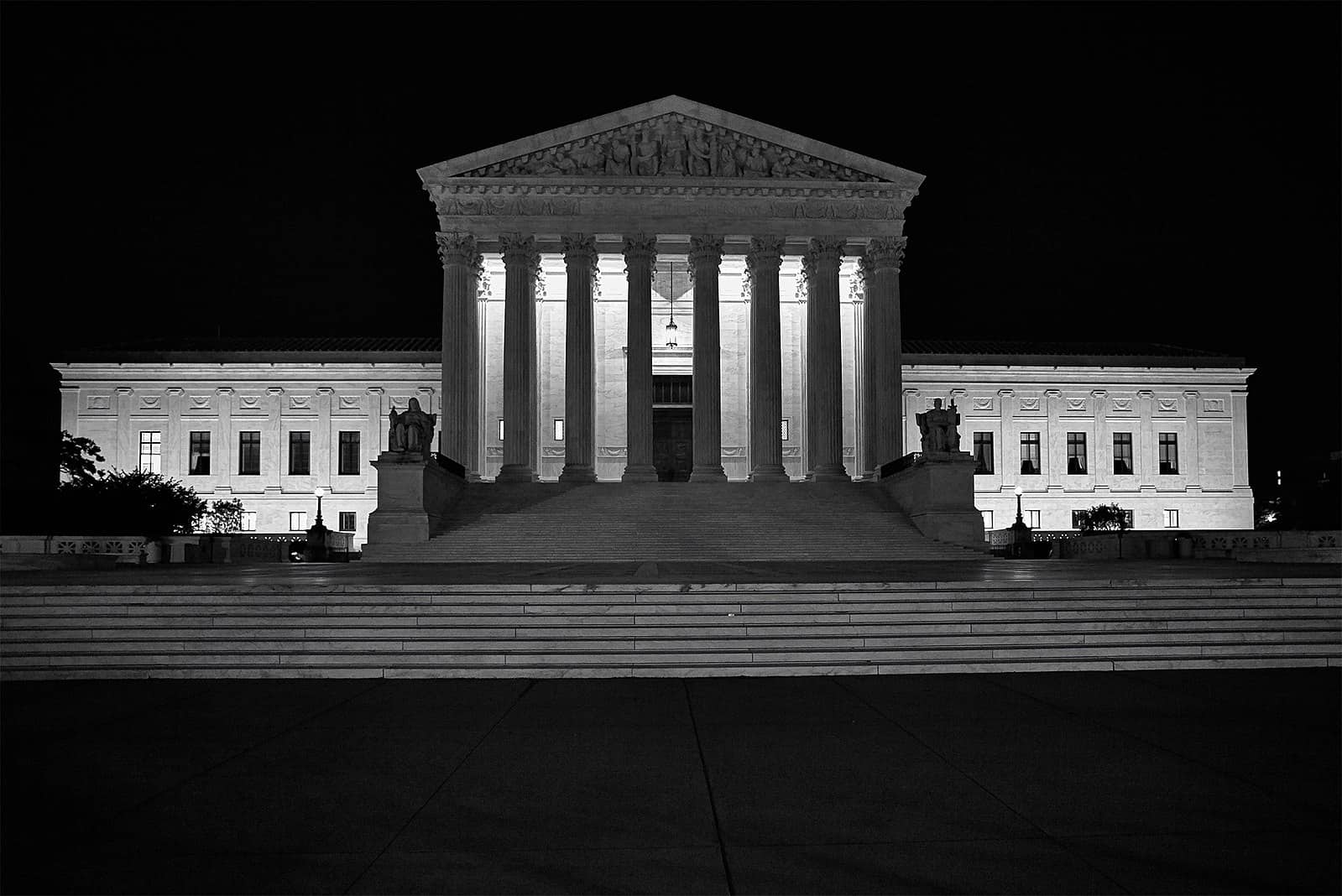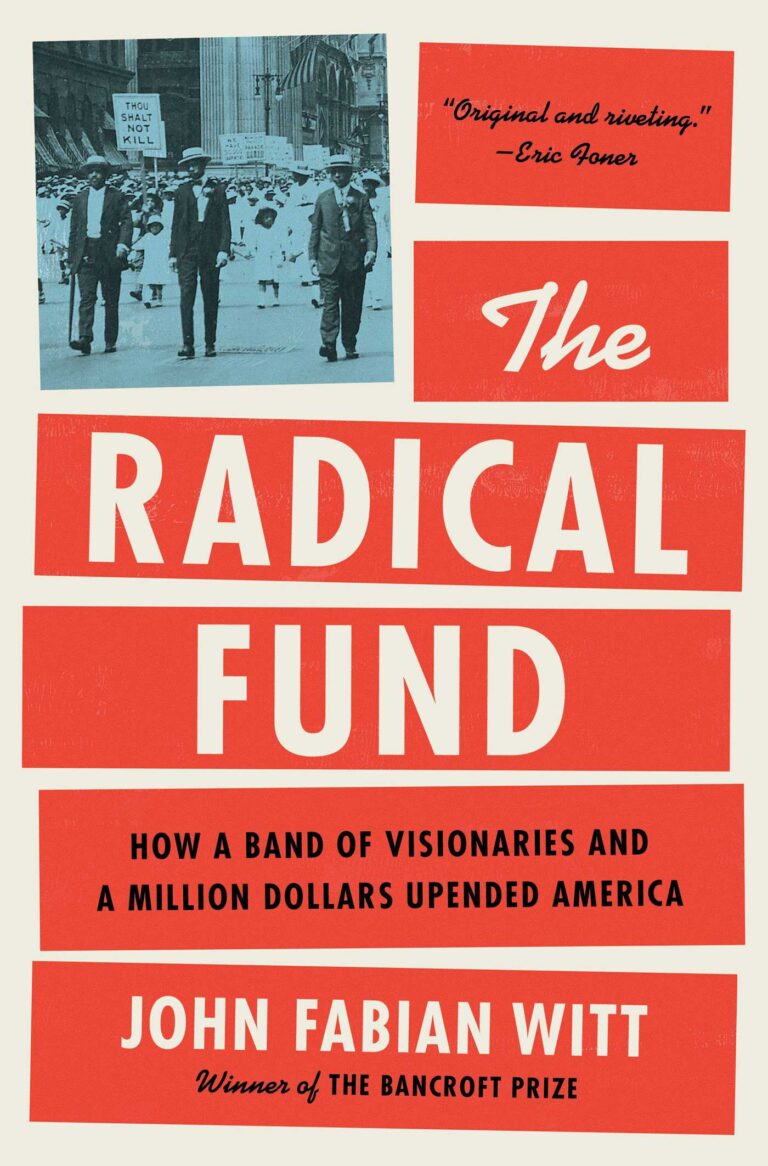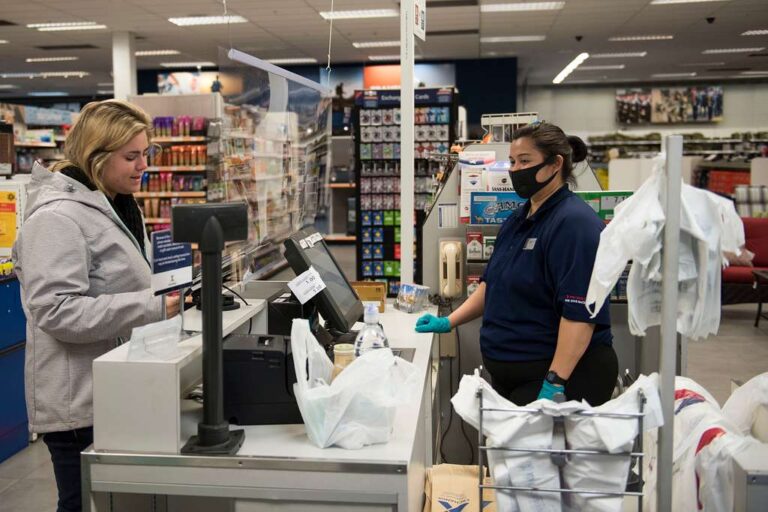
Tascha Shahriari-Parsa is a government lawyer enforcing workers’ rights laws. He clerked on the Supreme Court of California after graduating from Harvard Law School in 2024. His writing on this blog reflects his personal views only.
Yesterday, the Supreme Court blocked OSHA’s nationwide vaccine or mask-and-test mandate for private businesses with over 100 employees, while allowing a separate, narrower yet stricter mandate affecting the health care industry to remain standing.
Under OSHA’s rule, qualifying employers needed to require that their employees be either vaccinated against COVID-19 or wear a mask at work and take a weekly COVID test. The mandate also maintained some exceptions for employees who are at a low risk of exposing or being exposed to others with COVID while at work. The nationwide vaccine mandate was supported in court by the AFL-CIO and a number of labor unions. The Fifth Circuit had originally frozen the mandate; however, afterwards, a variety of cases concerning the mandate were consolidated to the Sixth Circuit, where a three-judge panel dissolved the Fifth Circuit’s stay.
In NFIB v. OSHA, decided yesterday, A 6-member majority of the Supreme Court disagreed with the Sixth Circuit, writing in a per curiam opinion that the stay should have been permitted because the mandate likely lacked statutory authority. The Court focused on the fact that OSHA’s mandate is limited to workplace, occupational hazards that affect employees, and dismissed COVID-19 as a “kind of universal risk”—rather than one specific to the workplace—that OSHA cannot regulate without clear congressional authorization. The court, and in particular a concurrence by Justice Gorsuch, emphasized the major questions doctrine: that agencies shouldn’t have the authority to make determinations of deep economic and political significance that Congress likely would not have intended to delegate to the agency, or that Congress is politically unable to enact itself. In this sense, the court’s decision emerges out of a philosophy that if agency policy conflicts with the preferences of Congress, the latter should prevail.
In a dissent joined by Justices Sotomayor and Kagan, Justice Breyer wrote that “OSHA’s rule perfectly fits the language of the applicable statutory provision”—that COVID-19 is a “new hazard” that puts employees in grave danger, and that OSHA’s emergency protected standard is necessary to address that danger. In response to the majority’s point that COVID also exists outside the workplace, Breyer wrote that the Act “is indifferent to whether a hazard in the workplace is also found elsewhere.” The limits placed on the statutory text by the majority are not supported by the text, Breyer argued. Breyer also noted that this is far from the first time OSHA had issued rules applying to all or nearly all workplaces across the country, including facilitating vaccinations, face coverings for employees, and other measures that are not limited to hazards exclusively found in the workplace. Furthermore, Breyer articulated, “if OSHA’s Standard is far-reaching . . . it no more than reflects the scope of the crisis.”
Moreover, Breyer argued that the stay was unjustified because even if OSHA lacked statutory authority on the merits, the stay goes against the public interest. Because the new OSHA standard was not a vaccine mandate, as employees also had the option of testing and masking, accounts of employees quitting as a result of the rule have been exaggerated; moreover, there would be economic benefits from more employees staying with employers who complied with the standard. Less workers would call in sick. Most importantly, OSHA estimated that the order would save over 6,5000 lives and prevent over 250,000 hospitalizations in just six months—an estimate from before the rise of COVID-19 cases we have seen in more recent weeks. Thousands of people will die who otherwise would not have had the Supreme Court decided otherwise in this case.
Finally, in response to the majority’s argument that Congress’s wishes should prevail over agencies, Breyer switched the framing. A congressionally-backed expert agency’s determinations should prevail over those of the court: a court that “lack[s] the background, competence, and expertise to assess workplace health and safety issues” and whose “members are elected by, and accountable to, no one.” “As disease and death continue to mount, this Court tells the agency that it cannot respond in the most effective way possible.”
In the second case, Biden v. Missouri, the court stayed an injunction on a vaccine mandate for employees of healthcare facilities that receive Medicare and Medicaid funding. Unlike the broader standard, the rule for these healthcare workers required vaccination and did not have an option for masking and weekly testing, though it did contain exemptions for medical or religious reasons. This rule was promulgated by the Department of Health and Human Services’ Centers for Medicare and Medicaid Services (CMS), under different statutory authority from OSHA’s rule. In this case, the majority wrote, “healthcare facilities that wish to participate in Medicare and Medicaid have always been obligated to satisfy a host of conditions that address the safe and effective provision of healthcare,” so there was nothing unusual about this mandate. Four judges dissented, arguing that CMS lacked statutory authority to impose the mandate on healthcare workers.






Daily News & Commentary
Start your day with our roundup of the latest labor developments. See all
November 6
Starbucks workers authorize a strike; Sixth Circuit rejects Thryv remedies; OPEIU tries to intervene to defend the NLRB.
November 5
Denver Labor helps workers recover over $2.3 million in unpaid wages; the Eighth Circuit denies a request for an en ban hearing on Minnesota’s ban on captive audience meetings; and many top labor unions break from AFGE’s support for a Republican-backed government funding bill.
November 4
Second Circuit declines to revive musician’s defamation claims against former student; Trump administration adds new eligibility requirements for employers under the Public Service Loan Forgiveness program; major labor unions break with the AFGE's stance on the government shutdown.
November 3
Fifth Circuit rejects Thryv remedies, Third Circuit considers applying Ames to NJ statute, and some circuits relax McDonnell Douglas framework.
November 2
In today’s news and commentary, states tackle “stay-or-pay” contracts, a new preliminary injunction bars additional shutdown layoffs, and two federal judges order the Trump administration to fund SNAP. Earlier this year, NLRB acting general counsel William Cowen rescinded a 2024 NLRB memo targeting “stay-or-pay” contracts. Former General Counsel Jennifer Abruzzo had declared that these kinds […]
October 31
DHS ends work permit renewal grace period; Starbucks strike authorization vote; captive-audience ban case appeal